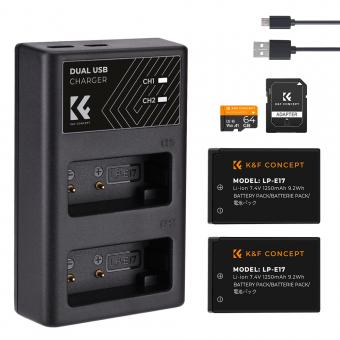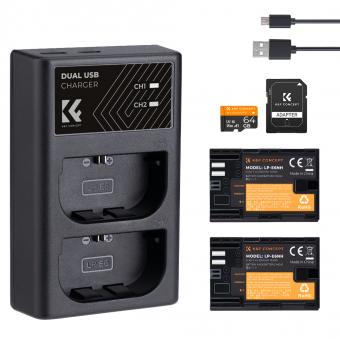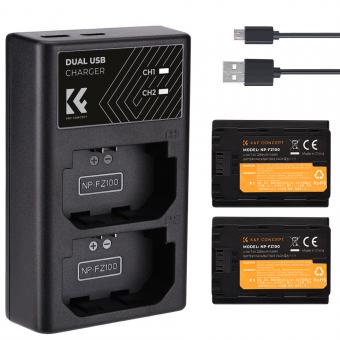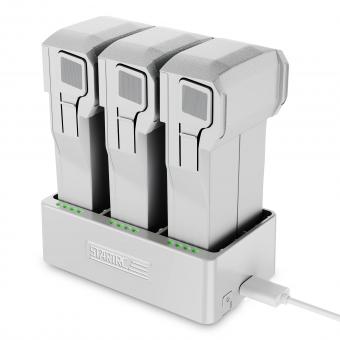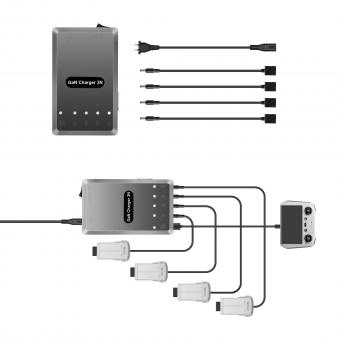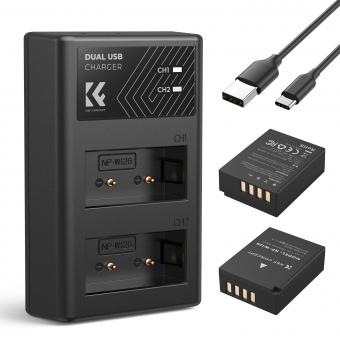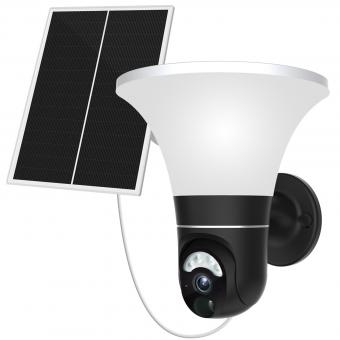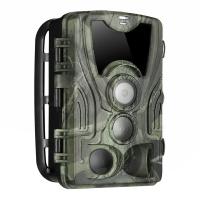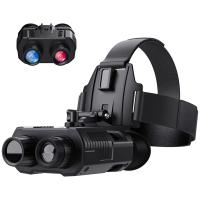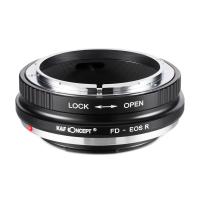What Batteries Does A Blink Camera Use ?
Blink cameras typically use two AA lithium batteries.
1、 Lithium-ion batteries: Commonly used in Blink cameras for long-lasting power.
Lithium-ion batteries are commonly used in Blink cameras for their long-lasting power. These batteries are known for their high energy density, which allows them to store a significant amount of power in a compact size. This makes them ideal for use in small devices like security cameras.
One of the main advantages of lithium-ion batteries is their ability to hold a charge for a long period of time. This means that Blink cameras can operate for extended periods without needing to be recharged. Additionally, lithium-ion batteries have a low self-discharge rate, which means they can retain their charge even when not in use for an extended period.
Another benefit of lithium-ion batteries is their rechargeability. Unlike disposable batteries, which need to be replaced once they are depleted, lithium-ion batteries can be recharged multiple times. This not only saves money but also reduces waste, making them a more environmentally friendly option.
It is worth noting that the specific type of lithium-ion battery used in Blink cameras may vary depending on the model. Some models may use standard lithium-ion batteries, while others may use proprietary battery packs designed specifically for the camera. It is always recommended to refer to the camera's user manual or contact the manufacturer for the exact battery specifications.
In conclusion, Blink cameras commonly use lithium-ion batteries due to their long-lasting power, high energy density, and rechargeability. These batteries provide the necessary power for the cameras to operate for extended periods without needing frequent recharging.

2、 AA batteries: Some Blink camera models can also use standard AA batteries.
Blink cameras are known for their wireless and easy-to-install nature, making them a popular choice for home security systems. When it comes to the batteries used by Blink cameras, the answer is not as straightforward as one might expect.
In the past, Blink cameras primarily used AA lithium batteries, which provided long-lasting power and were ideal for outdoor use. However, with advancements in technology and the introduction of new camera models, the battery options have expanded.
Currently, most Blink camera models come with a built-in rechargeable battery pack. These battery packs can be easily recharged using the included USB cable, eliminating the need for frequent battery replacements. This is a convenient and cost-effective solution for users, as they no longer have to purchase and dispose of disposable batteries.
However, it is worth noting that some Blink camera models still offer the option to use standard AA batteries. This can be useful in situations where recharging the battery pack is not immediately possible, or for users who prefer the convenience of disposable batteries.
It is important to check the specifications of your specific Blink camera model to determine the battery options available. The official Blink website provides detailed information on each camera model, including the battery requirements.
In conclusion, while the majority of Blink camera models now come with a rechargeable battery pack, some models still offer the option to use standard AA batteries. This flexibility allows users to choose the power source that best suits their needs and preferences.
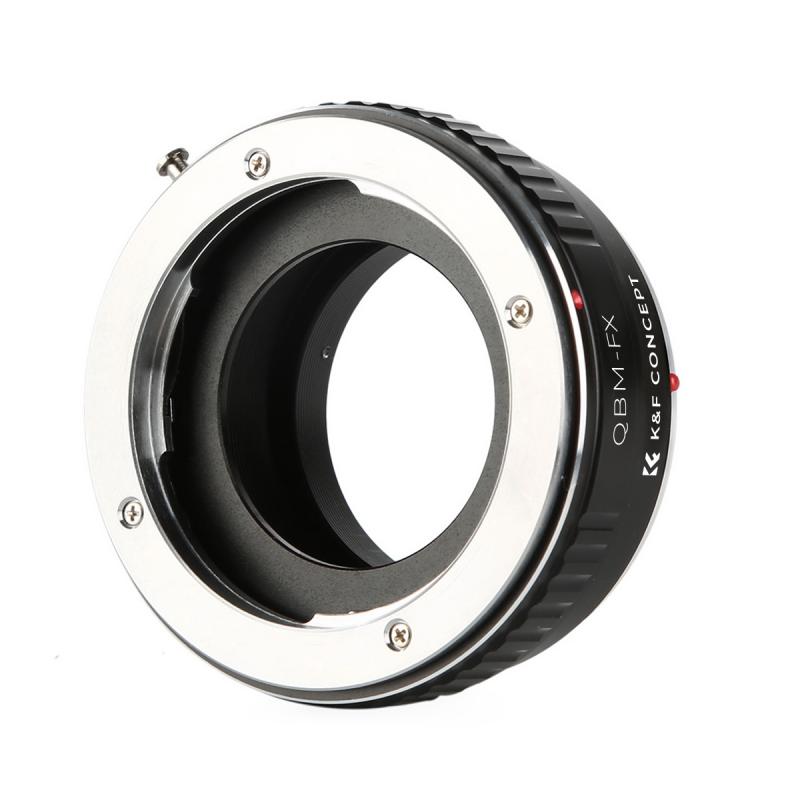
3、 Rechargeable batteries: Blink cameras can be powered by rechargeable battery options.
Rechargeable batteries: Blink cameras can be powered by rechargeable battery options. This is a convenient and cost-effective solution for users who want to avoid constantly purchasing disposable batteries. The specific type of rechargeable batteries that Blink cameras use may vary depending on the model.
As of the latest information available, Blink cameras typically use lithium-ion rechargeable batteries. Lithium-ion batteries are known for their high energy density, long lifespan, and ability to hold a charge for extended periods. These batteries are widely used in various electronic devices due to their reliability and performance.
The advantage of using rechargeable batteries is that they can be easily recharged using a compatible charger or through a USB cable connected to a power source. This eliminates the need for constantly buying and disposing of disposable batteries, which can be both costly and environmentally unfriendly.
It is important to note that the specific battery requirements may vary depending on the model of the Blink camera. Therefore, it is always recommended to refer to the user manual or the manufacturer's website for the most accurate and up-to-date information on the battery type and specifications.
In conclusion, Blink cameras can be powered by rechargeable batteries, specifically lithium-ion batteries. This provides users with a convenient and eco-friendly option to keep their cameras operational without the need for disposable batteries.
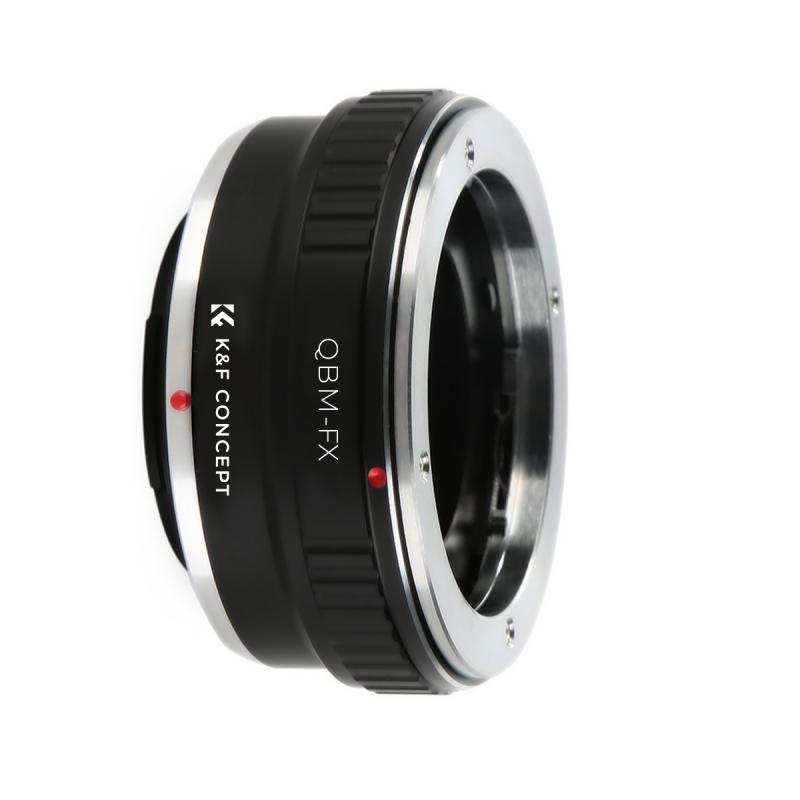
4、 Battery life: Understanding the expected battery life of Blink cameras.
Battery life: Understanding the expected battery life of Blink cameras.
Blink cameras are known for their wireless and battery-powered design, making them a popular choice for home security systems. The battery life of Blink cameras is an important consideration for users, as it determines how often the batteries need to be replaced or recharged.
The battery life of Blink cameras can vary depending on several factors, including the camera model, usage patterns, and environmental conditions. Generally, Blink cameras use AA lithium batteries, which are known for their long-lasting power and reliability. These batteries are readily available and can be easily replaced when needed.
The expected battery life of Blink cameras can range from several months to over a year, depending on usage. Blink claims that their cameras can last up to two years on a single set of batteries, but this estimate is based on specific conditions, such as optimal camera placement, minimal usage, and moderate temperature.
It's important to note that certain factors can significantly impact battery life. For example, if the camera is placed in an area with high activity or motion, it will trigger more recordings and drain the battery faster. Similarly, extreme temperatures, particularly cold weather, can also affect battery performance.
To maximize battery life, Blink cameras offer various power-saving features. These include motion detection settings, which allow users to adjust the sensitivity and frequency of motion-triggered recordings. By fine-tuning these settings, users can reduce unnecessary recordings and extend battery life.
In addition, Blink cameras have a sleep mode that conserves power when the camera is not in use. This mode allows the camera to remain in a low-power state until it detects motion or is manually activated. By utilizing sleep mode when the camera is not needed, users can further extend battery life.
It's worth noting that Blink continuously works on improving battery life through firmware updates and hardware enhancements. Therefore, it's always recommended to keep the camera's firmware up to date to benefit from the latest optimizations.
In conclusion, Blink cameras use AA lithium batteries and offer an expected battery life ranging from several months to over a year, depending on usage and environmental conditions. By utilizing power-saving features and keeping the firmware up to date, users can maximize the battery life of their Blink cameras.




